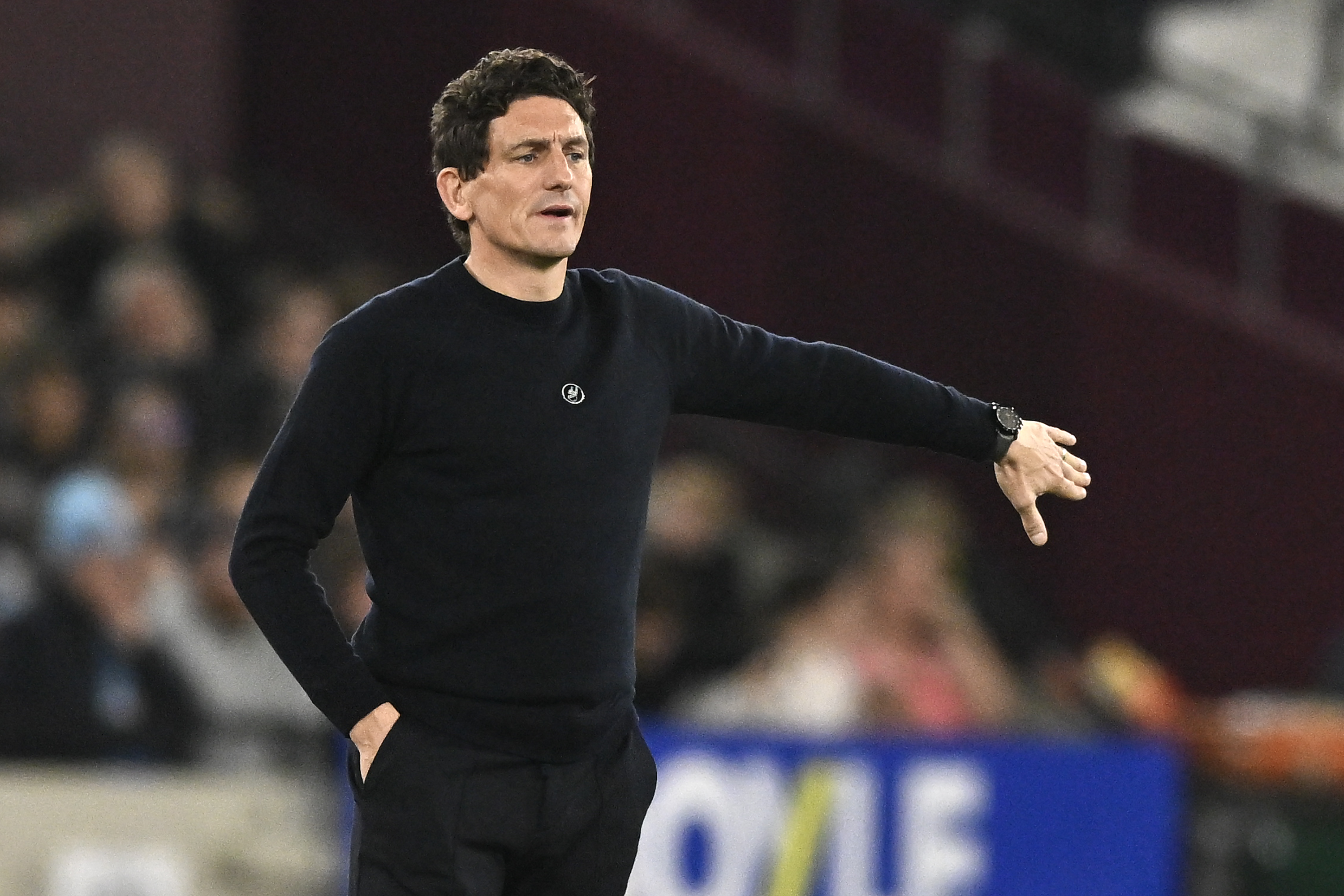Moyes must be careful not to play into Stoke's hands with tactical tweaking
ZonalMarking.net's Michael Cox uses FourFourTwo's StatsZone app â now FREE â to assess Everton's attacking options, as suspensions mount...
Throughout the 2012/13 season, Everton manager David Moyes has favoured a 4-4-1-1 formation. But with both Marouane Fellaini and Steven Pienaar suspended for this weekendâÂÂs home fixture with Stoke City, as well as the following weekendâÂÂs visit to Tottenham, he could return to a more straightforward 4-4-2 system.
While Moyes has frequently used an attacking central midfielder in support of a traditional centre-forward in recent years, his âÂÂnumber tenâ has rarely been a creator. Both Fellaini and Tim Cahill specialise at breaking into the box to provide an aerial threat â and therefore the difference between a 4-4-1-1 and a 4-4-2 isnâÂÂt always obvious. Fellaini is probably more of an all-rounder, but Cahill often felt like a pure centre-forward in terms of his contribution, if not his actual position.
If Moyes goes for a 4-4-2 system this weekend, his strike combination will be Nikica Jelavic and Victor Anichebe, two traditional number nines. Neither is particularly comfortable dropping into the centre of midfield, although Anichebe has sometimes performed competently as a makeshift winger.
Ordinarily, this would concern Moyes in a defensive sense â he remains a reactive manager who focuses on stopping the opposition playing to their strengths. However, the nature of this weekendâÂÂs opposition means a numerical deficit in the centre of the pitch wonâÂÂt be a concern â Stoke are unlikely to form neat triangles around EvertonâÂÂs midfielders, and a 4-4-2 might better suit the style of this game, likely to be based around direct football.
Moyes went with a 4-4-2 the last time Fellaini was suspended, towards the end of December. It was a broadly successful move â Everton recorded 2-1 victories over West Ham and Wigan, before narrowly losing 2-1 to Chelsea before Fellaini returned to the side.
Jelavic and AnichebeâÂÂs roles were interesting. One might have expected Jelavic, the penalty box poacher, to play a fixed role with the more mobile Anichebe making runs into the channels. In fact, it was the exact opposite against Wigan â the positions of their received passes demonstrate that Jelavic was the man drifting wide, with Anichebe a target for long balls.
The best features, fun and footballing quizzes, straight to your inbox every week.
In that respect, their deployment made sense. Anichebe is much better in the air than Jelavic, boasting an aerial duel success rate of 47% compared to JelavicâÂÂs rather unimpressive 32%, which was summed up nicely in that Wigan match.
Interestingly, although the duo rarely combined during build-up play in midfield zones, they had a decent relationship in the final third. They combined on four occasions in dangerous positions against Wigan, which might not sound particularly impressive â but when compared to SunderlandâÂÂs strike partnership (as outlined here two weeks ago), it does demonstrate a decent understanding.
In the match the following week against Chelsea, things were different. Jelavic was more central, while Anichebe stayed high up the pitch on the left, challenging against right-back Cesar Azpilicueta, who lacks the aerial power of Branislav Ivanovic, ChelseaâÂÂs other option in that position.
Anichebe is a useful option for that âÂÂFlo passâÂÂ, as 1990s Norway coach Egil Olsen dubbed diagonal balls for tall forwards (Jostein Flo, in Norway?âÂÂs case) to challenge small full-backs in the air. However, against a Stoke City side that sometimes uses four centre-backs across their defence, identifying an aerial weakness will be difficult.
In fact, using two traditional centre-forwards might play into StokeâÂÂs hands if Everton rely heavily on a direct approach. Pulisâ side enjoy playing against basic strikers rather than quick, nippy forwards who take up clever positions â Moyes must ensure his attackers offer a varied threat by attacking with guile and intelligence, as well as with direct football.
Stats Zone is a free-download app from FourFourTwo powered by stats from Opta, updated LIVE in-play. Stats Zone is brought to youin association with Coral. Plus â get the Europa League Stats Zone, also free!
Download Stats Zoneâ¢More about Stats Zone ⢠More Stats Zone analysis
